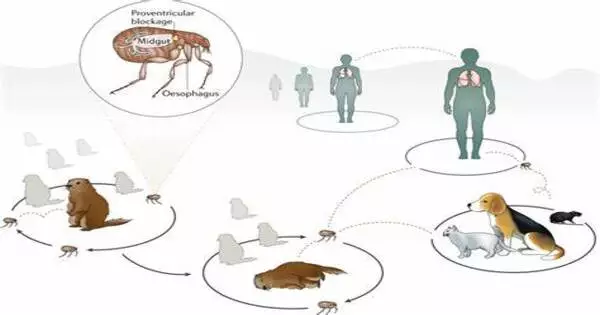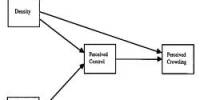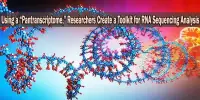Ancient pathogen genomics is the extraction, sequencing, and analysis of genetic material from ancient pathogens. It is a scientific field concerned with the study of pathogen genomes recovered from ancient human, plant, or animal remains. Advances in DNA sequencing technology and techniques for extracting DNA from ancient remains, such as bones and teeth, have made this area of research possible.
Ancient pathogens are extinct microorganisms that caused several epidemics and deaths around the world in the past centuries. Their genome, known as ancient DNA (aDNA), is isolated from the burial remains (bones and teeth) of victims of pandemics caused by these pathogens.
The study of ancient pathogen genomes allows researchers to better understand the evolution of modern microbial strains that could potentially cause new pandemics or outbreaks. Bioinformatic tools and molecular biology techniques are used to compare ancient pathogens with their modern descendants. The comparison also includes phylogenetic data for these strains.
Key aspects of ancient pathogen genomics include:
- DNA Extraction from Ancient Samples: The extraction of DNA from ancient specimens is the first step in studying ancient pathogens. Because DNA degrades over time, this can be a difficult task. Researchers use a variety of techniques to recover and purify ancient DNA, often in specialized laboratories to reduce the risk of contamination.
- DNA Sequencing: After extracting the ancient DNA, it can be sequenced to determine the order of nucleotides in the genome. Next-generation sequencing technologies have been critical in obtaining high-quality DNA sequences from aged and degraded samples.
- Pathogen Identification: Researchers can identify pathogens in ancient samples after obtaining genomic data. Bacteria, viruses, and other microorganisms are examples of this. Scientists can determine the species and, in some cases, the strain of a pathogen by comparing ancient pathogen genomes to modern reference genomes.
- Evolutionary Analysis: Studying ancient pathogen genomes provides insights into the evolutionary history of pathogens. Researchers can track changes in the genomes over time, understand the emergence and spread of diseases, and investigate the coevolution between pathogens and their hosts.
- Archaeological and Anthropological Insights: Ancient pathogen genomics can provide valuable information about historical populations, their health, and interactions. For example, studying pathogens in archaeological sites can reveal information about disease prevalence, population movements, and the impact of infectious diseases on past societies.
Examples of successful applications of ancient pathogen genomics include the study of ancient strains of bacteria responsible for diseases such as tuberculosis and the reconstruction of ancient viral genomes such as the influenza virus. This field is evolving as new technologies and methodologies are developed, opening up new avenues for understanding the history of infectious diseases and their impact on human populations.
















